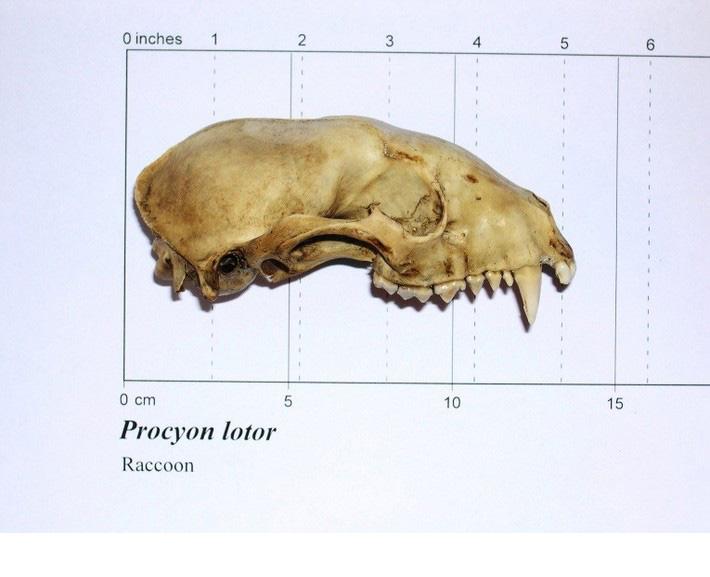
Raccoon (Procyon lotor) Minnesota Mammals UMN Duluth
Procyonid skulls have relatively short rostrums (shorter than canids, longer than felids). They lack. Procyon lotor: pictures (24) Procyon lotor: specimens (17) Species Procyon pygmaeus Cozumel raccoon. Procyon pygmaeus: information (1) To cite this page: Myers, P. 2000. "Procyonidae" (On-line), Animal Diversity Web. Accessed January 03.
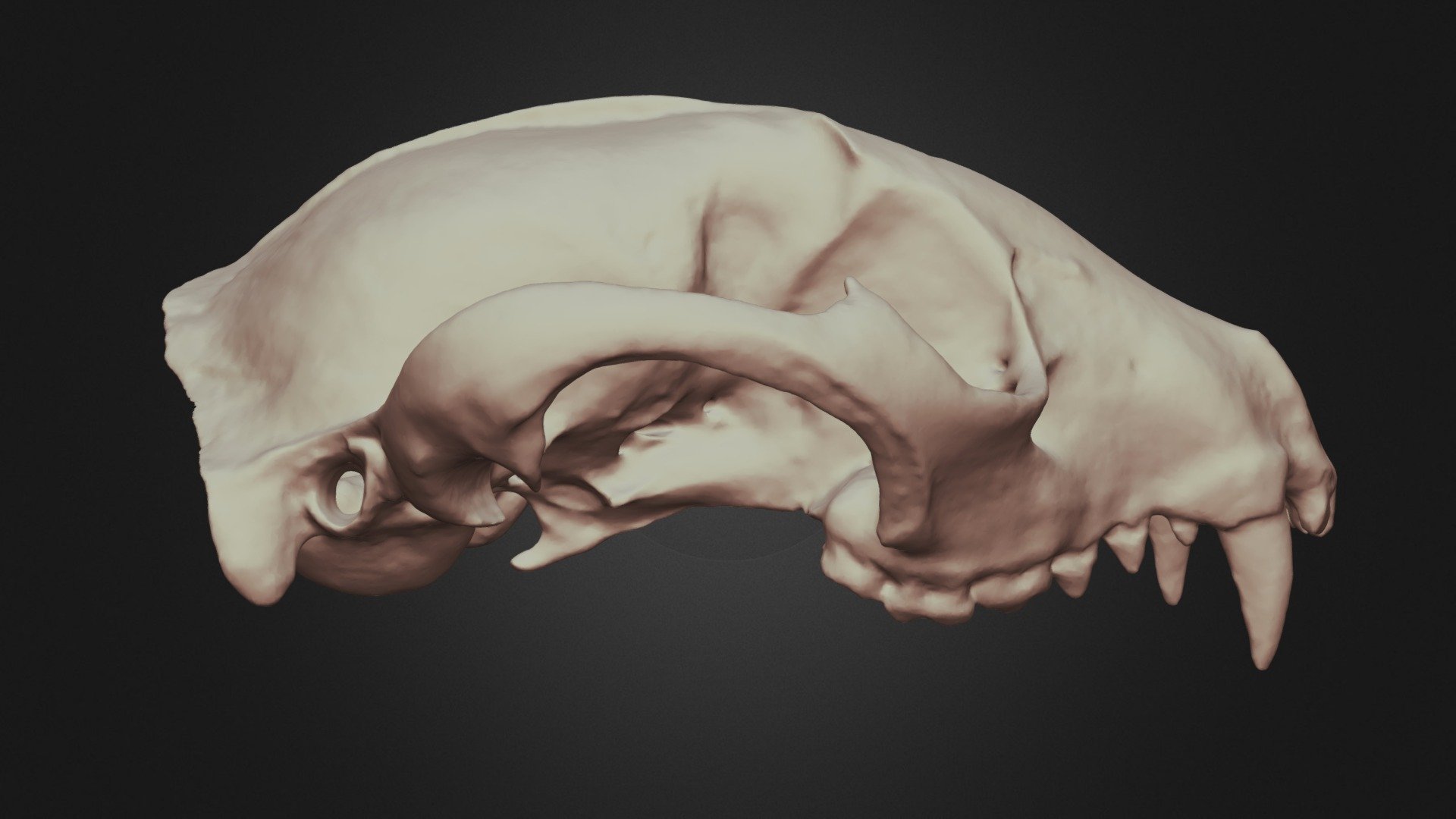
Procyon lotor (Raccoon) Skull 3D model by LakeheadAnthropology [30658ad] Sketchfab
Procyon lotor. Taxonomy: Kingdom: Animalia. Phylum: Chordata. Class: Mammalia. Order: Carnivora. Family: Procyonidae. Species Description: Identifying Traits:. Raccoon skulls are characterized by a hard palate on the roof of their mouth that extends past the last molar. The skull lacks a sagittal crest, and measures 4.25-5 inches in length.

ADW Procyon lotor SPECIMENS
Size: Skull: 115 mm long, 70 mm high, 65 mm across. Fossil Site: Bonner Springs, Kansas. This skull comes from the Raccoon known as Procyon lotor, the same species as is extant today. Raccoons are well recognized today based upon their black-masked faces, looking for all the world like some nocturnal bandit. They are typically found near water.
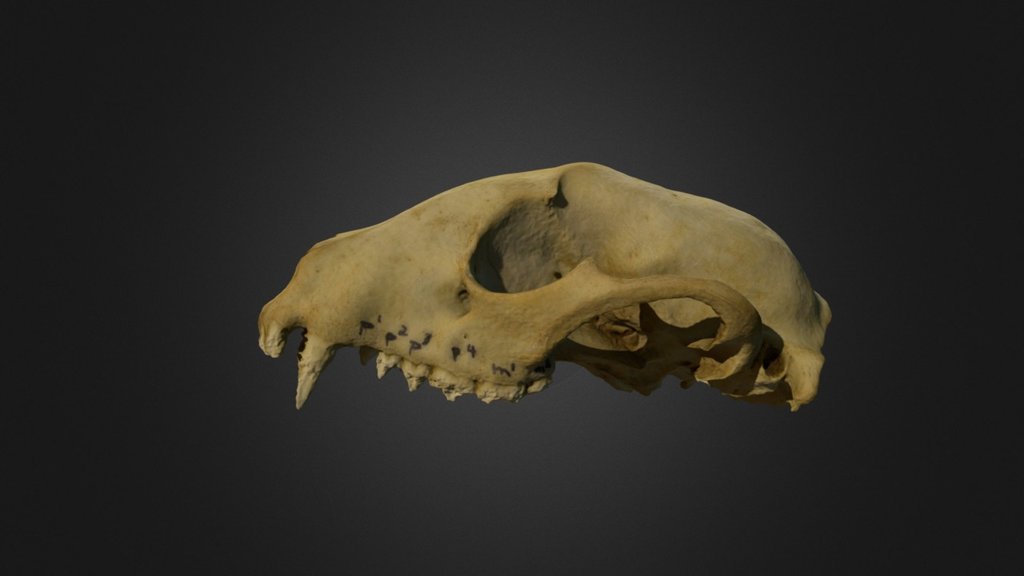
Procyon Lotor (Raccoon) Skull 3D model by Abby Gancz (agancz) [6cf6941] Sketchfab
Cozumel raccoon (P. pygmaeus). Procyon is a genus of nocturnal mammals comprising three species commonly known as raccoons in the family Procyonidae.The most familiar species, the common raccoon (P. lotor), is often known simply as "the" raccoon, as the two other raccoon species in the genus are native only to the tropics and less well known. Genetic studies have shown that the closest.
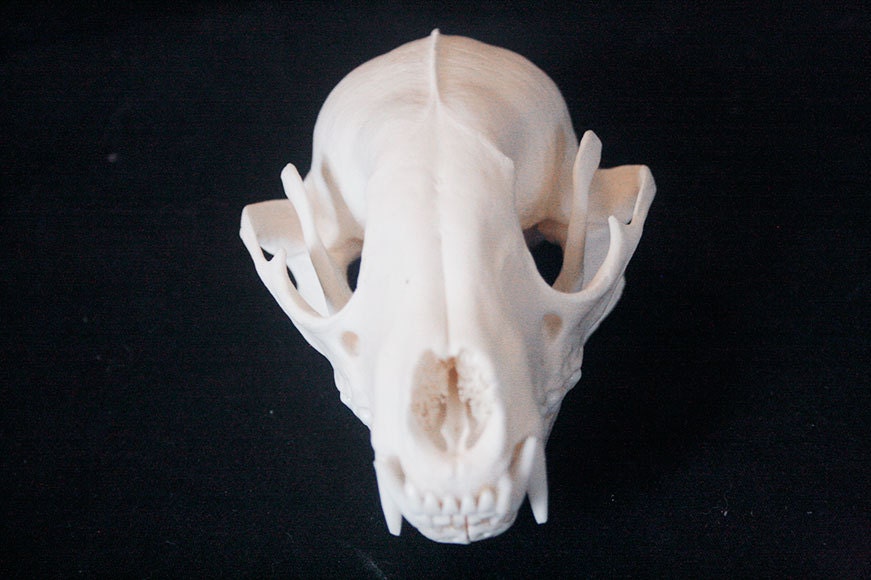
Raccoon Skull Grade A Museum Quality Skull procyon lotor
Raccoon Skeletal Forensics. Sorting the bones of a raccoon skeleton and discussing the features and forensics present. This specimen has a fractured and he.

Scientific Illustration Skull of a Raccoon Procyon lotor Mammals of the...
Procyonidae. Procyonidae ( / proʊsiːjɔːnɪdiː /) is a New World family of the order Carnivora. [1] It comprises the raccoons, ringtails, cacomistles, coatis, kinkajous, olingos, and olinguitos. Procyonids inhabit a wide range of environments and are generally omnivorous .
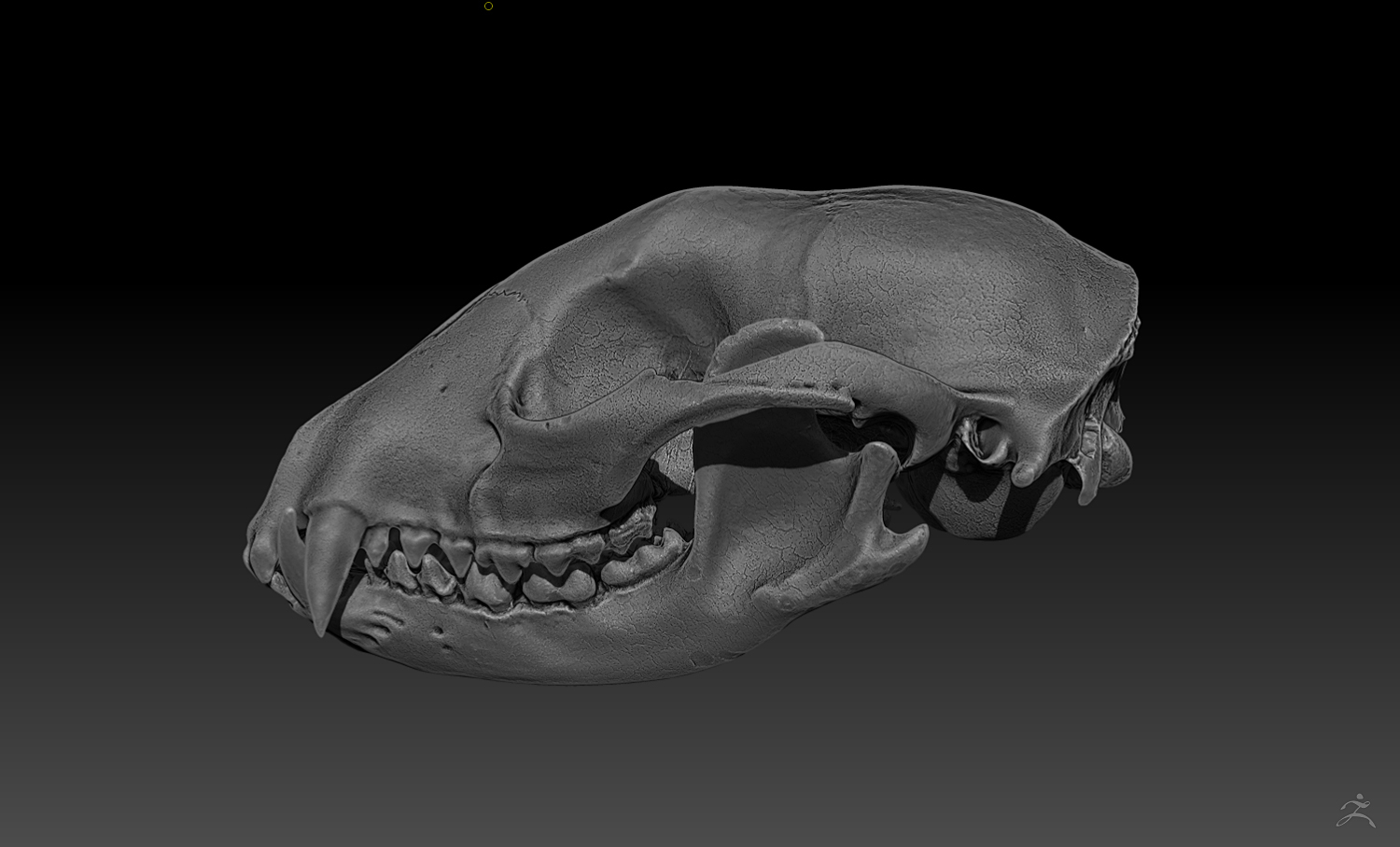
raccoon skull 3d model
Procyon "before dogs" (Greek) - Once thought to be ancestral to dogs. lotor "washer" (Latin) - Captive racoons have been seen to wash their food. English Name: From the Algonquian name "aroughcun" The english name may be spelt with one c or two. Dental Formula U 3.1.4.2 - L 3.1.4.2 The 1st premolar may be missing and extra teeth have been reported.
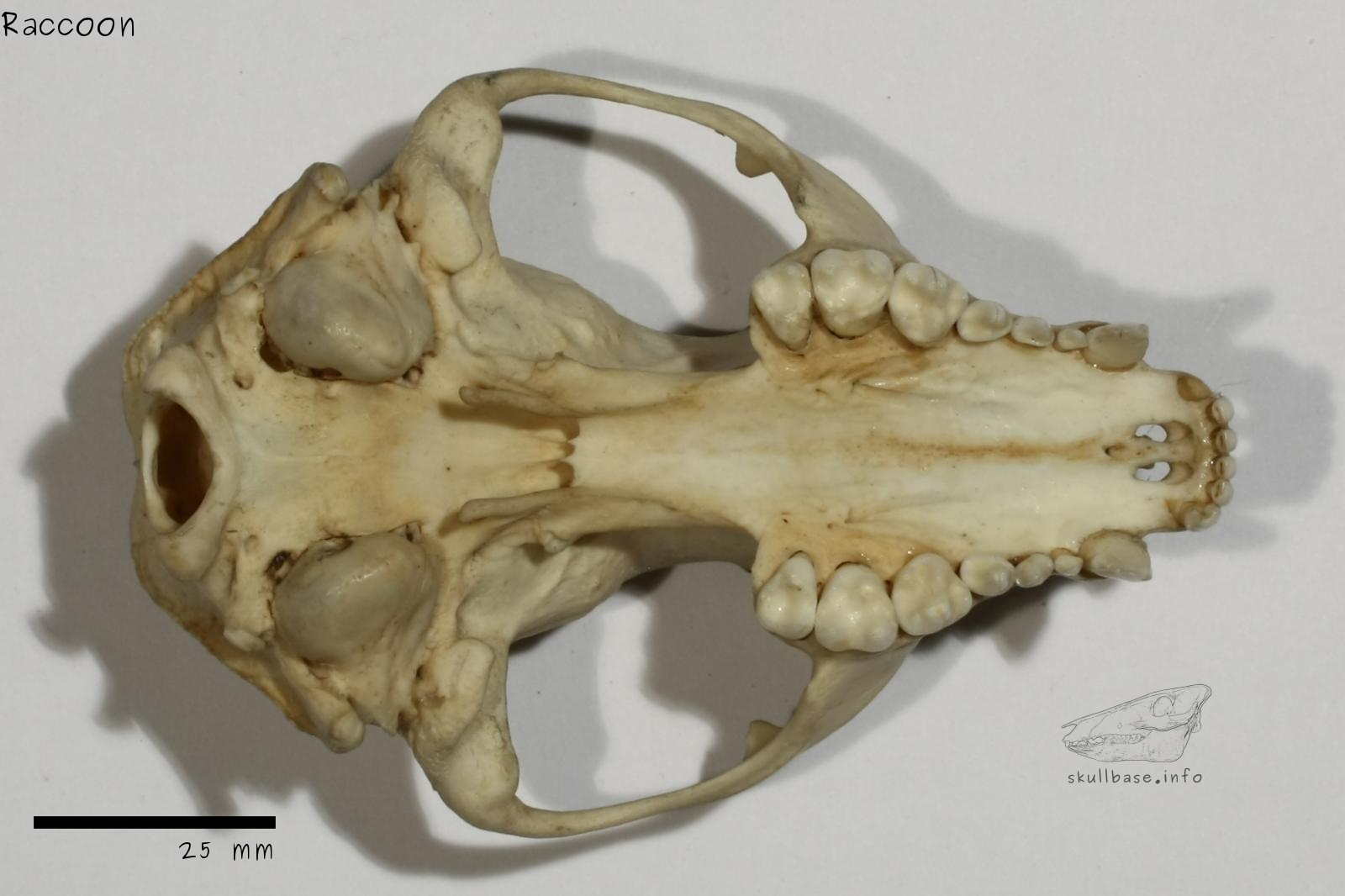
Raccoon Skull Base
Ursus lotor Linnaeus, 1758. The raccoon ( / rəˈkuːn / or US: / ræˈkuːn / ⓘ, Procyon lotor ), also spelled racoon [3] and sometimes called the common raccoon to distinguish it from the other species, is a mammal native to North America. It is the largest of the procyonid family, having a body length of 40 to 70 cm (16 to 28 in), and a.

Skeletons! Bone Builders' Babies
Procyon lotor. Raccoon. WILL'S SKULL PAGE. species list. glossary. contact Skulls of aged and young raccoons compared. A sagittal crest develops with age and sutures become fused. Click here for a lateral view.

Eastern Raccoon Skull (Procyon lotor lotor) Download Free 3D model by Grand Valley State
Both their forepaws and hindpaws have five toes. Coloration varies with habitat, but tends to range from grey to reddish brown to buff. Raccoons are stocky in build and generally weigh from six to seven kilograms. Weight varies with habitat and region, though, and can range from 1.8 to 10.4kg.

Procyon lotor Vertebrate Collection UWSP
Keeler, W. E. 1978b. Some aspects of the natural history of the raccoon (Procyon lotor) in Cades Cove, The Great Smoky Mountains National Park. Tennessee Wildlife Resource Agency Technical Report No. 77-19 PCAN 0064/200.

Raccoon Skull Quality 2 Procyon lotor Cheap Damaged Etsy
This is a stl model of Procyon lotor, the northern raccoon, which is found throughout North America and northern parts of South America. The specimen was CT-scanned and reconstructed for use in biomechanical simulation analysis.. this is achieved in part by increased stiffness in larger skull models and shape changes that resist deformation.

"Procyon Lotor, aka Trash Panda" 24x30" oil on panel 1400 contemporaryart hand skull
Raccoon Skeleton & Anatomy. The common North American raccoon is the species Procyon lotor (lotor from Latin "washer"), one of seven species of raccoons in the genus Procyon, subfamily Procyoninae, of the Family Procyonidae (tail rings, 5 toes on each foot, plantigrade - walk flat footed). The Procyonidae is a member of the canoid (canine or.

UWYMVMamm5429, Procyon lotor, Skull Download Free 3D model by University of Wyoming
Raccoons are part of the Canidae family, and their scientific name is Procyon lotor. Raccoons can be found across North America and the northern regions of South America. North American raccoons are the most common and most well-known type of raccoon. Unlike most canid skulls, raccoon skulls have a hard palate that extends beyond their molars.
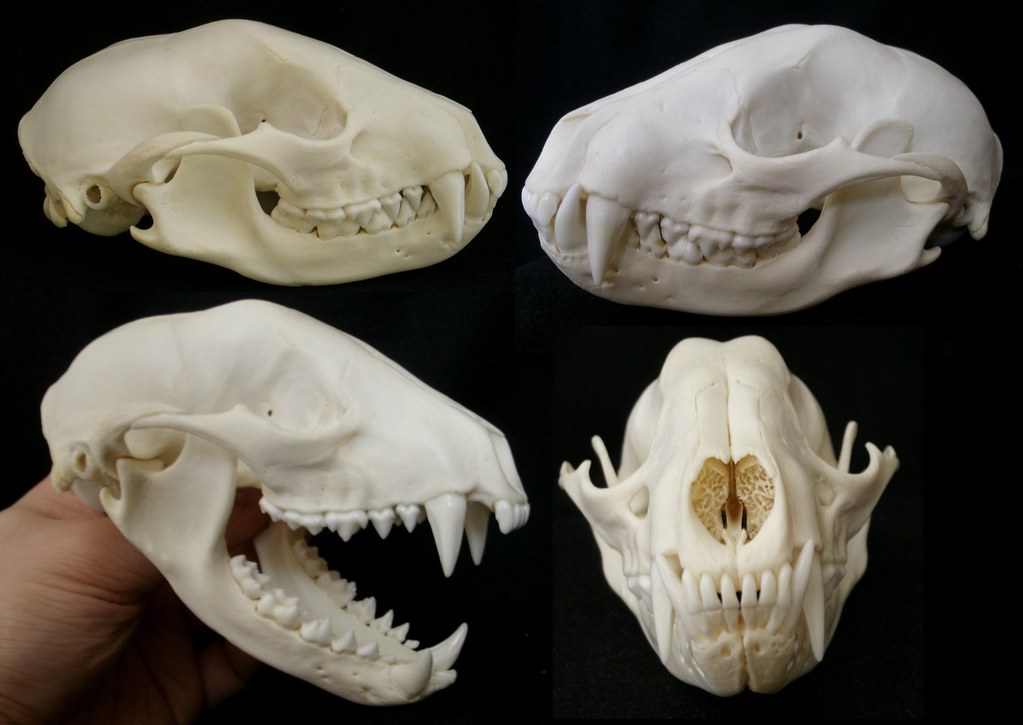
Crâne de Raton Laveur / Raccoon Skull (Procyon lotor) Flickr
Download scientific diagram | Lateral, ventral, and dorsal craniometrics of the raccoon (Procyon lotor) skull. A: greatest length of skull (GLS), B: basal length (BaL), C: zygomatic width (ZW), D.

Procyon_lotor
About the Species. This specimen was collected 11 miles south and 2 miles east of Lone Pine, Cottonwood Campgroud, Inyo County, California by L.A. Lester on 26 June 1967. It was made available to The Univeristy of Texas High-Resolution X-ray CT Facility by Dr. Blaire Van Valkenburgh, Department of Ecology and Evolutionary Biology, University of.